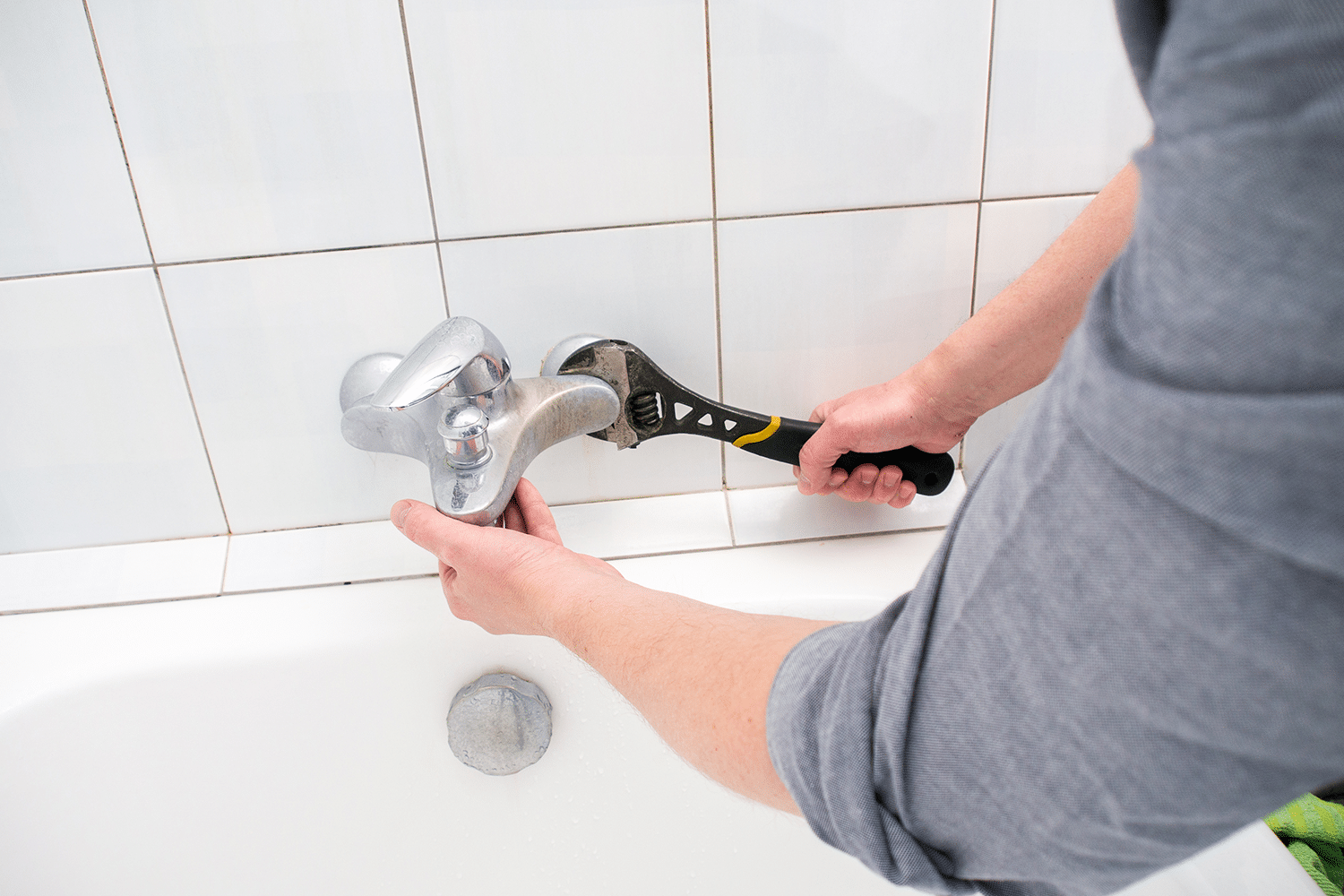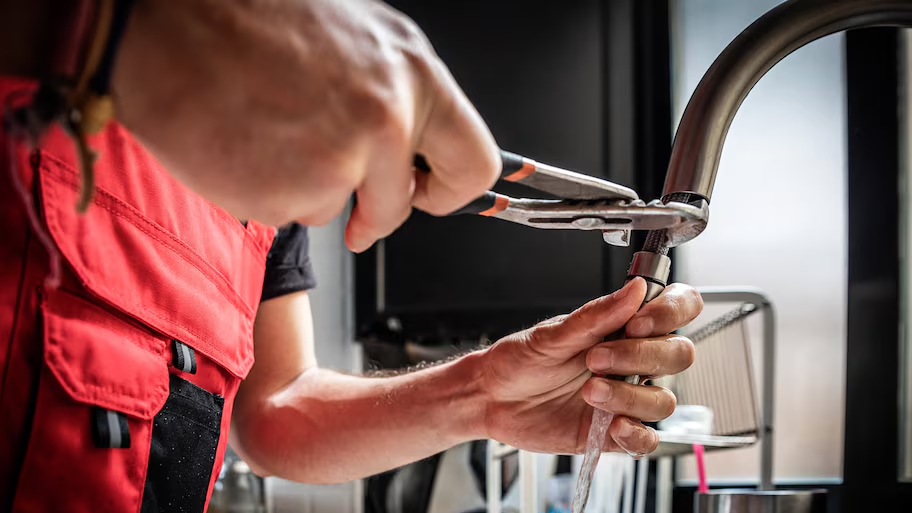The content on the next paragraphs on the subject of Why It's Important to Fix Leaky Faucets is absolutely captivating. Check it out yourself and see what you think of it.

Dripping taps might look like a small aggravation, but their impact exceeds simply the aggravation of the sound. From wasting water to sustaining unnecessary economic prices and health risks, neglecting a trickling tap can lead to various repercussions. In this post, we'll explore why it's important to resolve this usual household problem immediately and successfully.
Wastefulness of Water
Ecological Influence
Trickling taps add substantially to water waste. According to the Epa (EPA), a single faucet leaking at one drip per second can squander more than 3,000 gallons of water annually. This not just stress water resources however additionally influences ecological communities and wildlife based on them.
Financial Prices
Increased Water Expenses
Past the environmental effect, leaking faucets can inflate water expenses considerably. The collected waste with time equates into higher utility expenses, which might have been prevented with timely repairs.
Possible Property Damages
Additionally, extended dripping can bring about damage to components and surface areas surrounding the faucet. Water buildup can trigger discoloration, rust, and even architectural issues if left neglected, leading to additional repair service costs.
Wellness Worries
Mold and Mold Growth
The continuous presence of dampness from a leaking tap produces an excellent environment for mold and mildew and mold development. These fungi not just compromise interior air quality yet also posture health and wellness threats, particularly for individuals with respiratory system conditions or allergic reactions.
Waterborne Illness
Stationary water in dripping taps can become a breeding place for microorganisms and various other microorganisms, raising the threat of waterborne diseases. Pollutants such as Legionella microorganisms flourish in stationary water, possibly causing significant diseases when consumed or breathed in.
Do it yourself vs. Expert Fixing
Advantages and disadvantages of Do It Yourself Repair Work
While some may try to fix a dripping faucet themselves, DIY repair services come with their own set of difficulties. Without appropriate expertise and tools, DIY attempts can intensify the problem or lead to incomplete repair work, prolonging the problem.
Benefits of Employing a Specialist Plumber
Hiring an expert plumber guarantees that the underlying source of the trickling tap is resolved properly. Plumbers have the proficiency and equipment to identify and repair faucet issues efficiently, conserving time and decreasing the threat of more damages.
Step-by-Step Overview to Dealing With a Dripping Tap
Tools Required
Before trying to deal with a trickling faucet, gather the required tools, consisting of a flexible wrench, screwdrivers, substitute parts (such as washers or cartridges), and plumber's tape.
Usual Tap Issues and Their Solutions
Recognize the kind of tap and the certain issue causing the drip. Usual problems include damaged washers, corroded shutoff seats, or malfunctioning O-rings. Refer to manufacturer guidelines or on-line tutorials for step-by-step guidance on repairs.
Preventive Measures
Normal Upkeep Tips
To avoid dripping taps, perform regular maintenance such as cleansing aerators, checking for leaks, and changing damaged components quickly. In addition, think about installing water-saving tools or upgrading to extra effective components.
Value of Prompt Repairs
Resolving trickling faucets as quickly as they're discovered prevents additional water wastage and prospective damage, inevitably saving both water and money in the future.
Impact on Property Value
Assumption of Well-Maintained Residential Property
Maintaining a building in good condition, including resolving maintenance problems like leaking taps, enhances its viewed worth and desirability among prospective buyers or occupants.
Impact on Resale Worth
Qualities with properly maintained plumbing fixtures, including taps, command greater resale worths in the real estate market. Dealing with dripping faucets can contribute to a positive perception throughout residential or commercial property assessments and arrangements.
Environmental Responsibility
Private Payment to Preservation
Taking duty for fixing trickling taps straightens with more comprehensive efforts toward water conservation and environmental sustainability. Every individual's actions collectively make a considerable effect on protecting precious resources.
Sustainable Living Practices
By prioritizing timely repair work and embracing water-saving practices, individuals contribute to sustainable living practices that profit both existing and future generations.
Verdict
Dealing with a leaking faucet exceeds mere convenience; it's an important step towards preserving water, lowering monetary expenses, and protecting health and wellness and residential property. Whether with DIY repair work or professional aid, doing something about it to take care of leaking faucets is a small yet impactful means to promote liable stewardship of sources and contribute to a much healthier, a lot more sustainable future.
How to Fix a Leaky Faucet: Step-by-Step Repair Guide
A leaky faucet may seem like a simple annoyance, but if it's not fixed promptly, that leak could cost hundreds to potentially thousands. From water damage to mold, mildew, and high water bills, even a tiny leak can be catastrophic if left unattended. Damage like this can even affect the overall value of your home, so it's important to take the right approach for leaky faucet repair. You may need the help of a plumber in some cases, but we've got a few tips you can try on how to fix a leaky faucet before calling the pros.
Four Faucet Types
When you're learning how to fix a leaky faucet, the first step is knowing what kind of faucet you're working with! There are four common types.
Cartridge Faucets
Cartridge faucets come in one- or two-handled varieties. In one-handled cartridge faucets, hot and cold water combines in a single cartridge. In the two-handled versions, hot and cold water are controlled separately and mixed in the faucet.
Ball Faucets
Ball faucets have a single lever you push up and down to adjust the pressure and rotate to change the temperature. A slotted metal ball controls the amount of water allowed into the spout.
Compression Washer Faucets
They're the oldest type of faucet, but they're still used in many homes — especially older ones. Compression faucets have two separate handles that, when turned, raise or lower the washer that seals a water valve. This valve stops water from flowing through the faucet when it is turned off.
Disc Faucets
Disc faucets rarely need to be repaired due to their maintenance-free design. The water flow is controlled by two discs — the upper one raises and lowers against a fixed lower disc, creating a watertight seal. If your disc faucet starts leaking, you may need to replace the seals or clean residue buildup from the inlets.
Fixing a Leaky Faucet
Step 1: Turn Off the Water
Whether you're learning how to fix a leaky bathtub faucet or how to fix a leaky kitchen faucet, always turn off the water supply to your working area when you're fixing a leak. The last thing you want is a flood added to your list of things to fix.
Look for the shutoff valves below your sink or around the tub and turn them clockwise to stop the water flow. If your faucet doesn't have shutoff valves, you may need to turn off the water for the whole house. Check to make sure it's off by turning the faucet on. If nothing comes out, you're ready to start the repair.
Step 2: Take Apart the Faucet
How you disassemble your faucet depends on the type of fixture you have. You can use a flathead screwdriver to remove the caps on top of the handle or handles for cartridge and compression faucets. Inside, you should see handle screws. Unscrew these with a screwdriver to remove the handle.
Disc- and ball-style faucets will typically have an inlet screw near the handle, and removing that will reveal the interior of the faucet.
Detach the Valve Stem
For cartridge- and compression-style faucets, you'll see the inner valve stem or cartridge once you remove the faucet handles. If you have a compression faucet, unscrew the brass valve stem. If you have a cartridge faucet, pull out the cartridge. If your cartridge has been in place for a while, it may require some tools or extra force to remove it due to mineral deposits.
Examine and Replace Parts
Once you've removed the parts, check them out to confirm what needs to be replaced. You may see corroded rubber washers, O-rings, stems, or cartridges. On a ball-style faucet, check the seats and springs for damage.
If you need to repair a leaky disc faucet, check the inlet and seals on the lower disc.
Once you determine what parts must be replaced, visit your local hardware store. Bring the damaged parts with you to ensure you can purchase the correct components to replace them.
Clean Valves and Faucet Cavity
If you've removed a stem or cartridge, you may notice mineral buildup in the faucet's threads. Use white vinegar to clean the valve seat by soaking it for a few minutes, then scrub it away with a soft toothbrush and rinse with warm water. You can also clean the interior of the faucet in the same way.
Reassemble the Faucet
Once your faucet is cleaned and the required parts have been replaced, it's time to reassemble it. Put the pieces back together and slowly turn the water supply back on. Doing this slowly is crucial because too much initial water pressure can damage the new hardware you've just installed.
https://homewarranty.firstam.com/blog/how-to-fix-leaky-faucet

I came across that piece on Water Dripping from Faucet: Why and How to Fix while looking around the web. Appreciated our write-up? Please share it. Help others check it out. I value your readership.